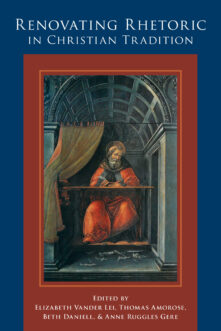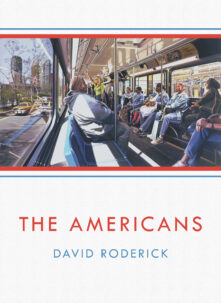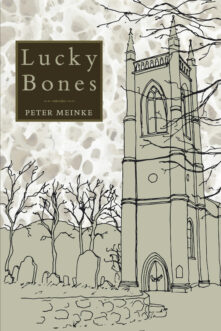Books
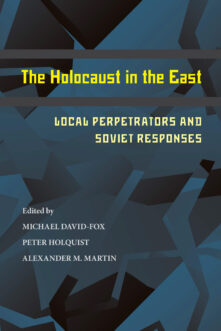
The Holocaust in the East
Local Perpetrators and Soviet Responses
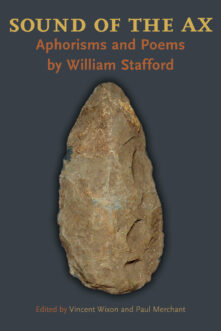
Sound of the Ax
Aphorisms and Poems by William Stafford
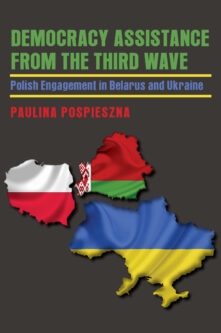
Democracy Assistance from the Third Wave
Polish Engagement in Belarus and Ukraine
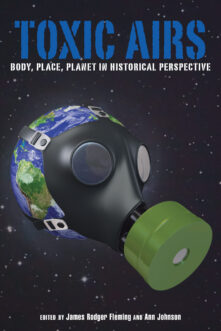
Toxic Airs
Body, Place, Planet in Historical Perspective
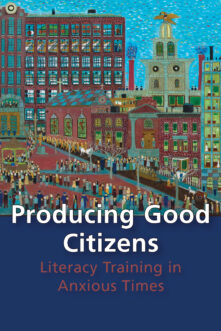
Producing Good Citizens
Literacy Training in Anxious Times
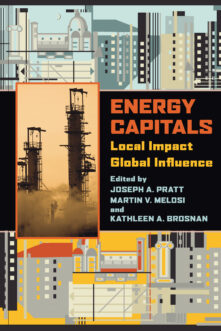
Energy Capitals
Local Impact, Global Influence
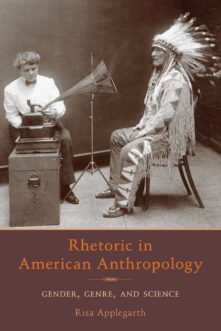
Rhetoric in American Anthropology
Gender, Genre, and Science
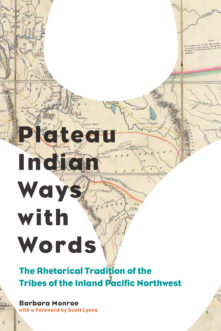
Plateau Indian Ways with Words
The Rhetorical Tradition of the Tribes of the Inland Pacific Northwest
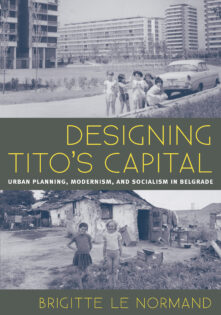
Designing Tito’s Capital
Urban Planning, Modernism, and Socialism in Belgrade
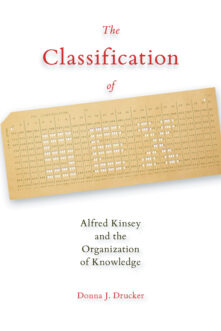
The Classification of Sex
Alfred Kinsey and the Organization of Knowledge
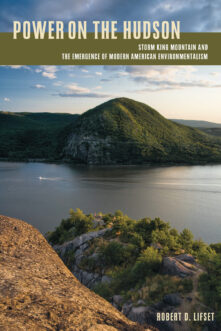
Power on the Hudson
Storm King Mountain and the Emergence of Modern American Environmentalism
Total 1551 results found.


